Tudor Watch Co. was established in 1926 by Rolex founder Hans Wilsdorf as the more affordable, accessible younger sibling to mighty Rolex, founded in 1905 as Wilsdorf & Davis. Initially, as one would expect, Tudor produced watches that were very similar in design and spirit to Rolex models, some even with the same model names under both brands, i.e., the Submariner. Since its return to the U.S. market in 2013, however, Tudor has successfully cemented its own identity with several very popular collections, primarily the Black Bay series, and has even started making its own in-house movements. This doesn’t mean, of course, that the historical Rolex influence doesn’t rear its head on any modern Tudor watches, even within the very emblematic Black Bay. Case in point: the Tudor Black Bay GMT G&S (Gold and Steel), which debuted today at Watches & Wonder Geneva 2022 and takes the classical design of the Rolex GMT-Master and gives it a very contemporary spin that is also distinctly 21st-Century Tudor.

Case and Bezel
The Tudor Black Bay GMT actually made its first appearance in 2018, in an all-steel case, bearing a version of the historic blue-and-red “Pepsi” GMT bezel of the jet-age Rolex model from 1954 that was famously produced for Pan Am pilots. The new version combines a polished and satin-finished steel case (41mm in diameter, like its predecessor, and 14.6mm thick) with a yellow-gold rotating bezel that adopts a more recently introduced two-tone colorway for the 24-hour scale on its anodized aluminum insert — namely the brown-and-black combo that was swiftly nicknamed “Root Beer” by Rolexophiles after it debuted on a Rolex GMT-Master II in 2018 (the same year as Tudor’s first Black Bay GMT). The screw-down crown that helps ensure the case’s 200-meter water resistance is also made of yellow gold and features an engraved Tudor rose emblem.

Dial and Hands
Under the domed sapphire crystal and framed by the GMT bezel is a matte black dial with all the hallmarks of the Tudor Black Bay collection, including the “snowflake” hands that trace their origins to vintage Tudor dive watches from 1969. To be precise, there are two “snowflake”-style hour hands, one that traverses the dial every 24 hours to indicate the home or reference time on the bezel (daylight times ijn the brown sector, nighttime hours in the black), and a shorter hand that jumps backward or forward to quickly change the local time. The date, in a window at 3 o’clock, is connected to the latter hand and will also move backward or forward to accurately align with the local time. As a bonus, by rotating the GMT bezel to align with the local-time hand instead of the reference- time hand, you can even follow the time in a third time zone.

Movement and Power Reserve
The movement behind this impressively user-friendly functionality is Tudor’s manufacture Caliber MT5652, which boasts an antimagnetic silicon balance spring and a “weekend-proof” (as per Tudor) 70-hour power reserve. Introduced in the original Black Bay GMT from 2018, the self-winding movement is built for robustness and precision, with a variable inertia balance anchored by a traveling bridge fixed at two points. Like all Tudor in-house movements, it carries a chronometer certification by the Swiss testing agency COSC, though Tudor proudly reminds us that its own in-house standards for precision are even stricter than COSC’s: between -2 and +4 seconds of deviation per day as opposed to the -4 and +6 permitted for the certification.

Bracelet and Straps
The Tudor Black Bay GMT G&S is mounted on a steel-and-yellow-gold bracelet that sports the stepped, double-riveted look of Tudor bracelets in the 1950s and ‘60s (another element distinguishing the Black Bay GMT from its Rolex cousin); on a brown leather strap with top-stitching; or on a Jacquard fabric strap made in France by the Julian Faure company, Tudor’s strap partner since 2010. Prices are $4,300 on the leather and fabric straps, and $5,550.

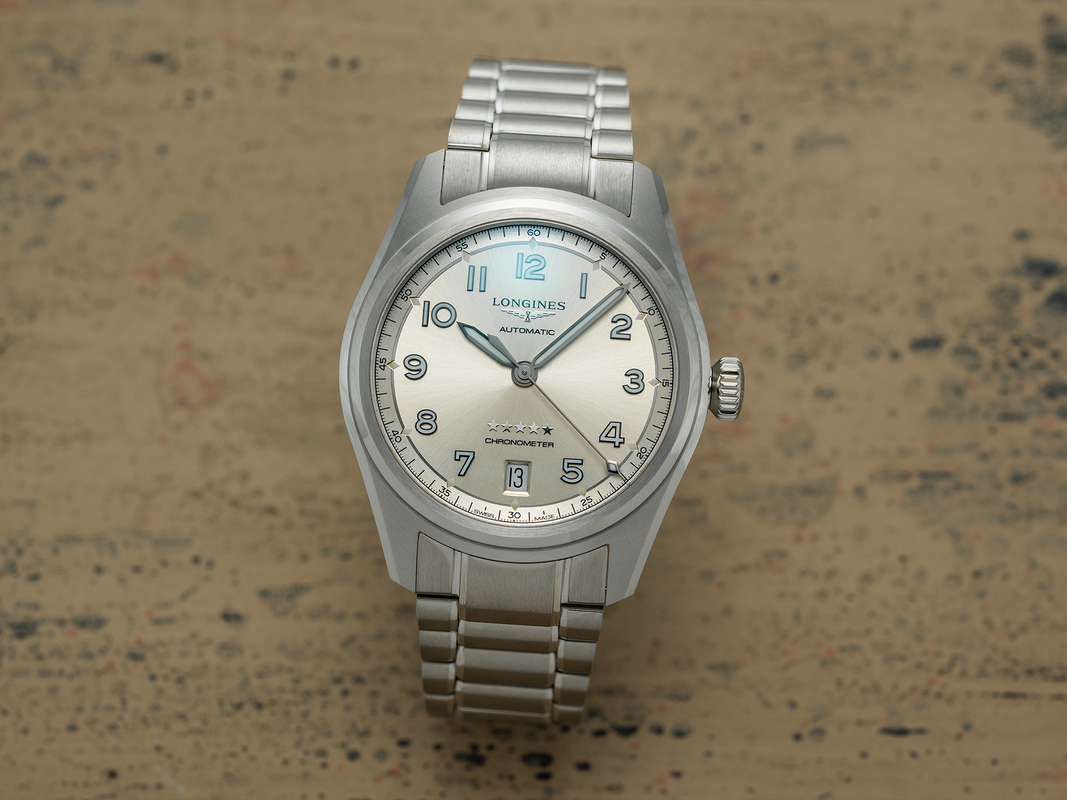




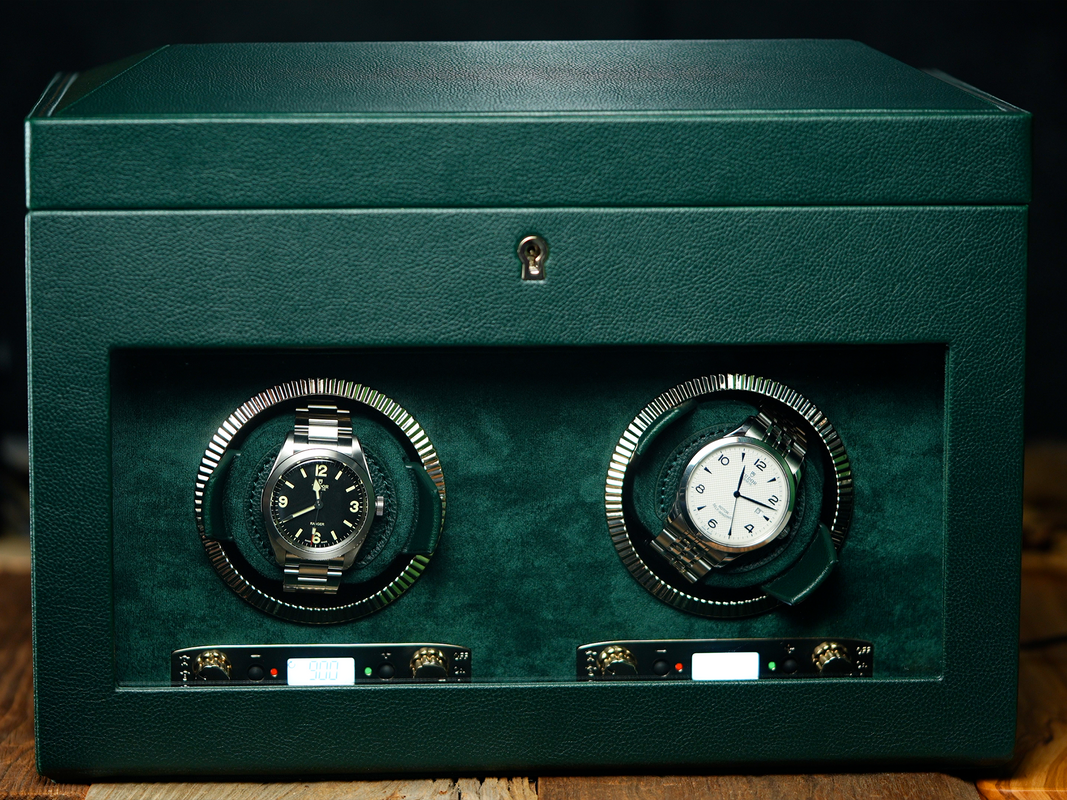





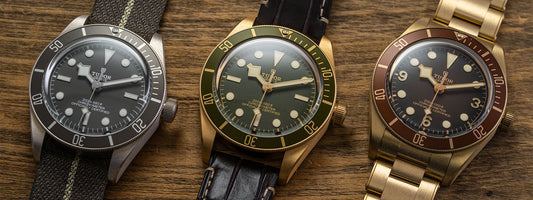
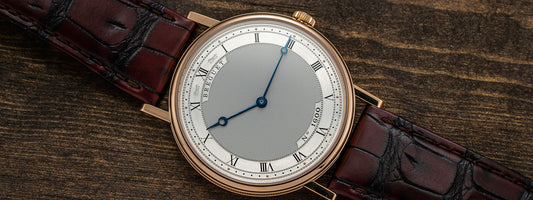

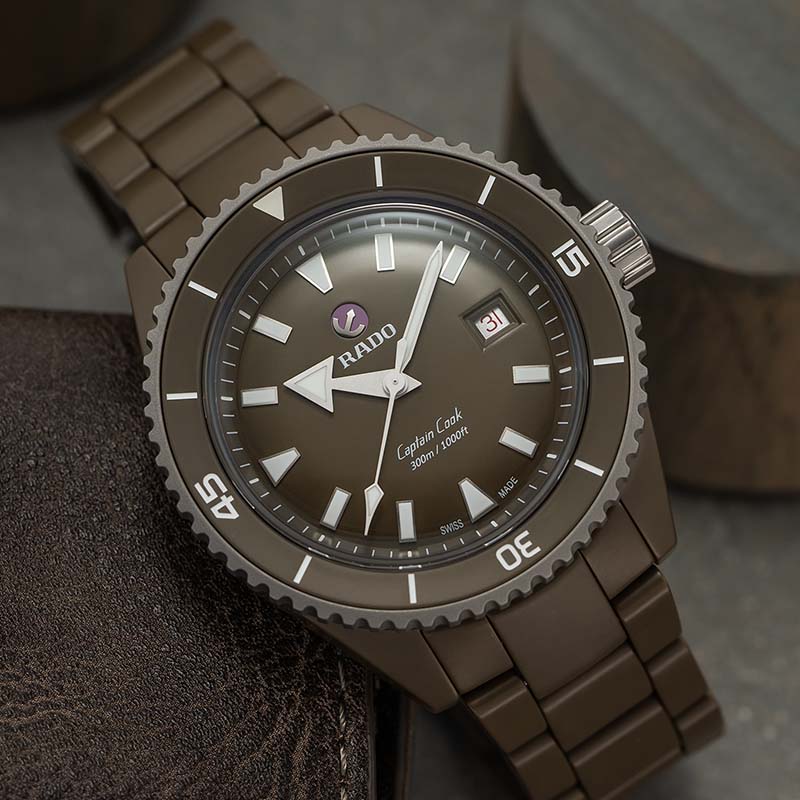


Start the Conversation